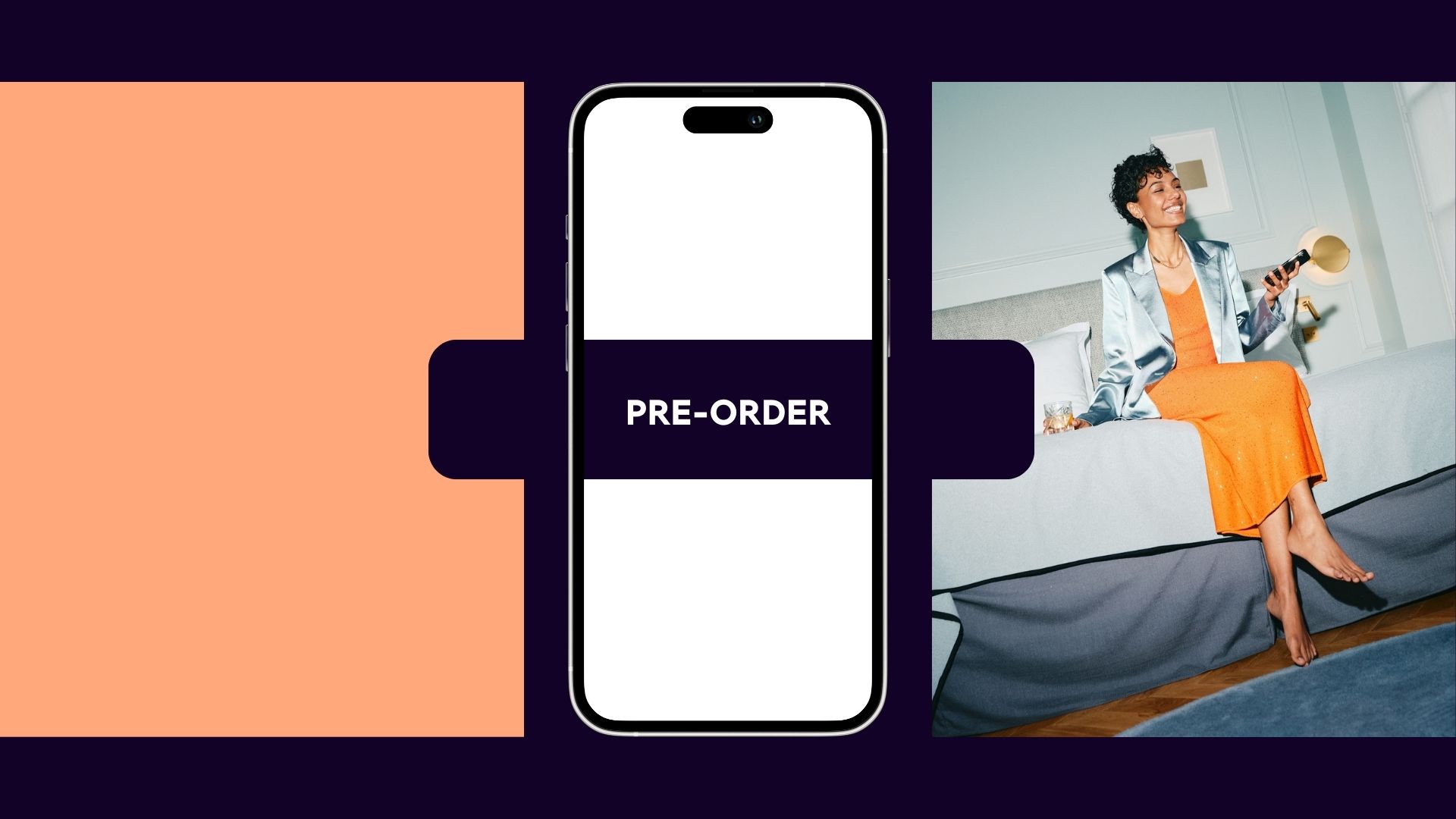How Pre-Orders Help Customers Avoid Out-of-Stock Experiences

Picture this: You just lost a sale.
The customer was excited to buy a pair of sneakers, an evergreen SKU you've sold for years. Instead, they X’d out of your website. Most online shopping carts are abandoned, but that’s not what happened. The customer couldn’t add the item to their cart. As soon as they tried, they got hit with an out-of-stock message or the dreaded “Notify Me.” They ended up buying it from a competitor instead. In addition to the sale, you lost out on all the ad dollars geared toward driving that conversion.
In addition to a sale, you may have lost a customer. Pre-orders can help you keep that customer before you’ve had the opportunity to lose them.
The earlier you do sell, the more you can sell
eCommerce retailers typically can’t sell inventory until the stock arrives at the warehouses. Pre-orders allow them to sell items in advance.
At Purple Dot, we refer to the time before stock arrives at the warehouse as the “presell period.” That timeframe covers everything from the period when inventory is on its way to the warehouse to as far away as a year from now.
While a year sounds like an impossibly long time, we found that customers are willing to wait. Our data shows no correlation between the length of wait time and a brand’s buy-to-page conversion. We sliced and diced the data every which way to detect insights between the timing of when a brand launches a pre-order and the expected shipping date. There was no connection, which demonstrates the confidence customers have in the pre-order process.
The earlier brands sell, the longer they can sell. The longer they can sell, the more they will sell.
By selling early, retailers can better forecast demand and optimize inventory levels. Out-of-stock rates average 8%. That doesn’t sound like much, but it adds up. Out-of-stocks cost retailers an annual $1.2 trillion, without even accounting for any future lost revenue from lost customers.
Maybe something went unexpectedly viral, driving a spike in sales. Perhaps there was poor demand forecasting or inaccurate inventory data. This often results in restocking in a panic to meet the high demand. But by the time the item is back in stock, the moment has passed. Now you’re overstocked and have to mark the item down, hurting your margins.
Whatever the cause, there is a solution: pre-orders.
How pre-orders influence trust and brand loyalty
Many retailers are facing shrinking profit margins due to factors outside their control, such as inflation or supply chain issues. Driving sustainable revenue growth comes down to a loyal customer base.
In 1896, economist Vilfredo Pareto deduced that 80% of Italy’s wealth belonged to about 20% of its citizens. Now known as the Pareto principle, that observation also applies to retail. For most brands, a relatively small group of regular customers drives the bulk of revenue. Analyzing a year’s worth of platform data, retail communications platform Bluecore found that existing customers spend 92% more than new ones.
Pre-orders drive trust and brand loyalty. Think back to the sneakerhead who got an out-of-stock message and left your website. If there were a pre-order option, they would have made a purchase. The customer got what they wanted and you got a sale. More than that, their positive brand experience gives you a foundation for building loyalty. Across retail verticals, the average customer satisfaction score is 78%; for our pre-order merchants, it’s 84%.
Buying something during the presell period creates a sense of anticipation and exclusivity. Anticipation can create urgency that encourages more purchases. Even if it doesn’t create urgency, you’re in good standing with that customer, who may come back when they want a different, easier-to-attain pair of sneakers.
The waiting period also allows you to engage that customer with more touchpoints, nurturing the relationship and providing ample opportunity to cross-sell. We’ve seen email open rates double with customers waiting for a pre-order. Between the high engagement and the fact that you already know the customer’s taste in sneakers, you have a strong starting point for recommending complementary apparel, for example.
Just as pre-orders can make loyalty, they can also break it. If someone is already a fan of a brand, they may overlook a negative out-of-stock experience. Most customers are not that forgiving — and may never come back.
Want to drive revenue now (and later) by selling earlier?
A pre-order strategy gives brands the selling flexibility they need to accelerate sales, never truly go out of stock, and optimize costs. We’re here to partner with you to help make your pre-order operations a strategic pillar toward your growth. Reach out to hello@getpurpledot.com.
More insights

Ditch Your DIY Pre-Order Setup: How Purple Dot Makes Setting Up and Managing Your Pre-Order Process Simple and Scalable

